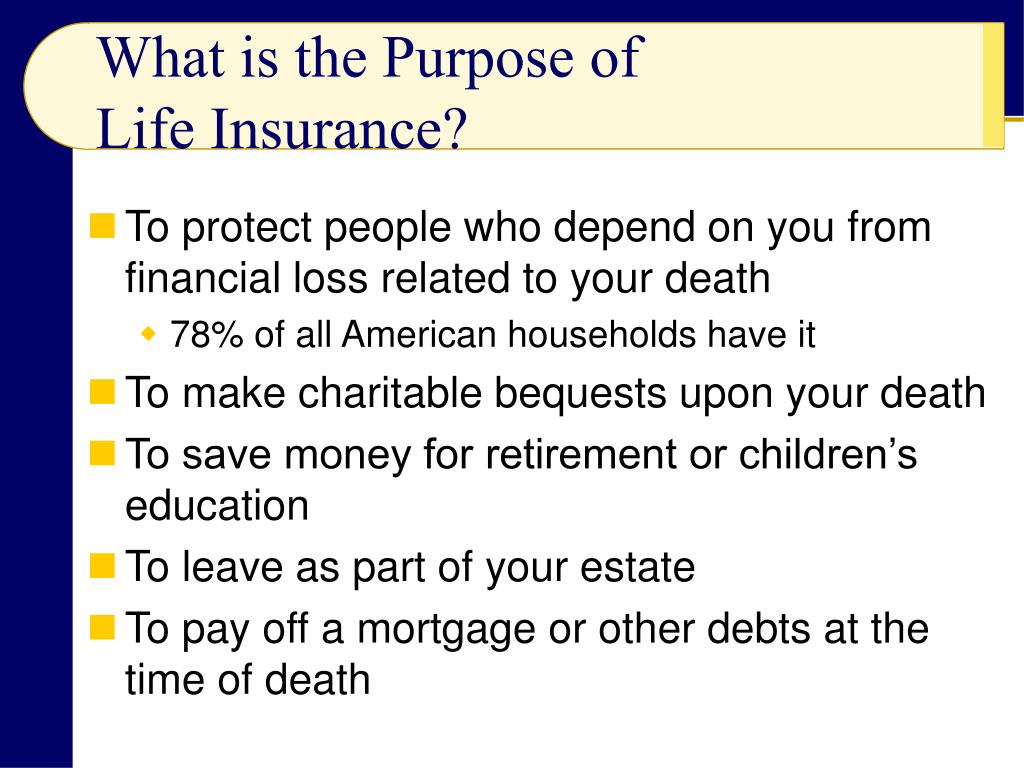Some Known Incorrect Statements About Pacific Prime
Some Known Incorrect Statements About Pacific Prime
Blog Article
The Pacific Prime Statements
Table of ContentsThe 9-Second Trick For Pacific PrimeIndicators on Pacific Prime You Should KnowExamine This Report on Pacific PrimePacific Prime Things To Know Before You Get ThisNot known Details About Pacific Prime

This is since the information were collected for a duration of solid economic performance. Of the approximated 42 million people that were uninsured, just about concerning 420,000 (about 1 percent) were under 65 years of age, the age at which most Americans come to be eligible for Medicare; 32 million were grownups in between ages 18 and 65, about 19 percent of all adults in this age group; and 10 million were youngsters under 18 years of age, about 13.9 percent of all kids (Mills, 2000).
These estimates of the variety of persons uninsured are produced from the yearly March Supplement to the Existing Population Survey (CPS), carried out by the Demographics Bureau. Unless or else kept in mind, national estimates of people without health and wellness insurance coverage and percentages of the populace with various sort of coverage are based on the CPS, the most commonly utilized source of quotes of insurance protection and uninsurance rates.
The 4-Minute Rule for Pacific Prime

Still, the CPS is especially useful due to the fact that it generates yearly quotes fairly swiftly, reporting the previous year's insurance policy coverage estimates each September, and due to the fact that it is the basis for a constant collection of estimates for more than 20 years, permitting analysis of trends in protection in time. For these factors, in addition to the considerable usage of the CPS in other studies of insurance policy coverage that exist in this report, we count on CPS quotes, with limitations kept in mind.

The estimate of the variety of uninsured individuals expands when a populace's insurance coverage status is tracked for a number of years. Over a three-year period starting early in 1993, 72 million individuals, 29 percent of the U.S. https://canvas.instructure.com/eportfolios/2829699/Home/Pacific_Prime_Your_Ultimate_Destination_for_Insurance_Solutions. population, lacked insurance coverage for at the very least one month. Within a single year (1994 ), 53 million people experienced at least a month without coverage (Bennefield, 1998a)
6 out of every ten without insurance grownups are themselves employed. Working does boost the chance that one and one's family participants will have insurance, it is not an assurance. Even participants of households anonymous with two full time wage earners have almost a one-in-ten opportunity of being uninsured (9.1 percent without insurance rate) (Hoffman and Pohl, 2000).
Not known Details About Pacific Prime
New immigrants account for a significant proportion of individuals without medical insurance. One analysis has connected a significant part of the current development in the dimension of the U.S. without insurance populace to immigrants who showed up in the nation in between 1994 and 1998 (Camarota and Edwards, 2000). Current immigrants (those that came to the United States within the past four years) do have a high rate of being uninsured (46 percent), however they and their youngsters account for just 6 percent of those without insurance coverage across the country (Holahan et al., 2001).
The relationship between health and wellness insurance coverage and accessibility to care is well established, as documented later in this chapter. The partnership between health and wellness insurance coverage and health and wellness outcomes is neither direct nor straightforward, an extensive clinical and wellness solutions research study literary works web links health and wellness insurance coverage to enhanced access to care, better top quality, and enhanced individual and populace health and wellness condition.
Degrees of analysis for checking out the impacts of uninsurance. It concentrates particularly on those without any kind of health insurance policy for any size of time.
The 3-Minute Rule for Pacific Prime
The issues faced by the underinsured are in some areas similar to those faced by the without insurance, although they are normally less severe. Wellness insurance coverage, however, is neither needed nor sufficient to obtain access to clinical solutions. The independent and direct result of health and wellness insurance protection on access to health solutions is well established.
Others will certainly acquire the healthcare they require also without health and wellness insurance, by spending for it out of pocket or seeking it from service providers who supply care free or at extremely subsidized prices. For still others, medical insurance alone does not make sure receipt of treatment as a result of other nonfinancial barriers, such as an absence of health and wellness treatment companies in their area, restricted access to transport, illiteracy, or etymological and cultural distinctions.
Pacific Prime Things To Know Before You Buy
Formal study about uninsured populations in the USA dates to the late 1920s and very early 1930s when the Board on the Price of Medical Treatment produced a series of reports regarding financing doctor workplace check outs and hospital stays. This issue became salient as the numbers of clinically indigent climbed up throughout the Great Clinical depression.
Report this page